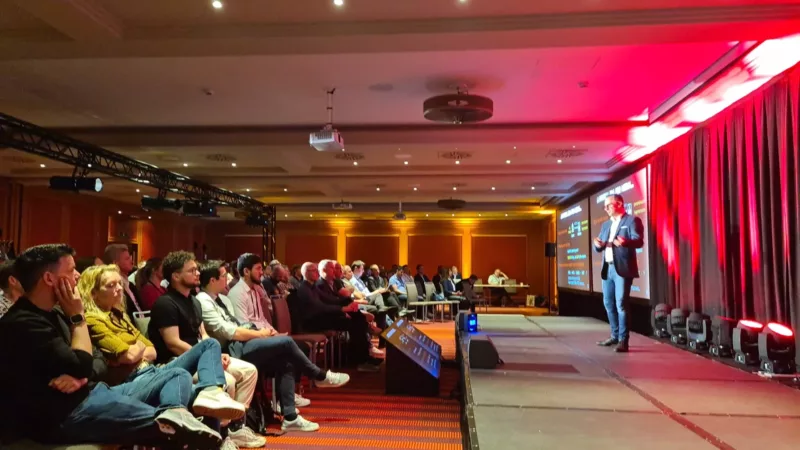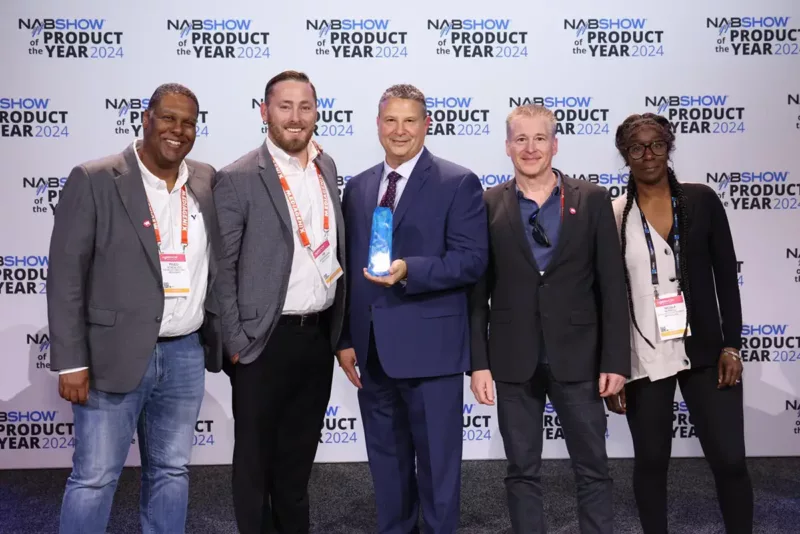Resources
Whitepapers and Brochures
Filter on Document type
-
17 Jul. 2024
Mediagenix at IBC: As not seen on TV
The well-oiled machinery behind viewer engagement.
At IBC booth 1.B47 (Hall 1), September 13-16: Mediagenix unveils how intelligence, collaboration, and automated orchestration behind the screens deliver perfect viewer experiences. The innovative Mediagenix solutions ensure unparalleled viewer engagement. And empower a distributed workforce to collaborate effortlessly, maximizing content ROI through operational efficiency and business agility.
-
26 Jun. 2024
Mediagenix Snowflake integration empowers customers with enhanced data access
We are excited to announce the launch of our new Snowflake integration. This cutting-edge integration is designed to enable customers to effortlessly pull data from our extensive platform ecosystem, significantly enhancing their data analysis and decision-making capabilities.

-
26 Jun. 2024
M-Connect 2024: Insights and vision shared at UAB and BAB
On 23 and 24 May, M-Connect 2024 unfolded in the historical city center of Ghent, Belgium. This dual experience event, featuring our 19th User Advisory Board (UAB) and our 2nd Business Advisory Board (BAB), provided a one-of-a-kind platform for inspiration, interaction, and networking.

-
20 Jun. 2024
The content value management challenge
In the second of a series of articles throughout 2024 examining the key challenges broadcasters and content rightsholders face today, Nick Moreno explores the crucial challenge of maximizing content value amid rising production costs and shifting industry trends.

-
03 Jun. 2024
Mediagenix: The story behind the unified brand
Mediagenix unifies all product brands under one name — Mediagenix, with a fresh logo and visual style – by Fabrice Maquignon, CEO

-
30 Apr. 2024
Mediagenix scores big with four industry awards at NAB Show
MEDIAGENIX clinched an impressive four awards at NAB Show 2024. Ratings Artist and FAST Scheduling Artist seized the Product of the Year Award and Best of Show Award in their respective categories.
